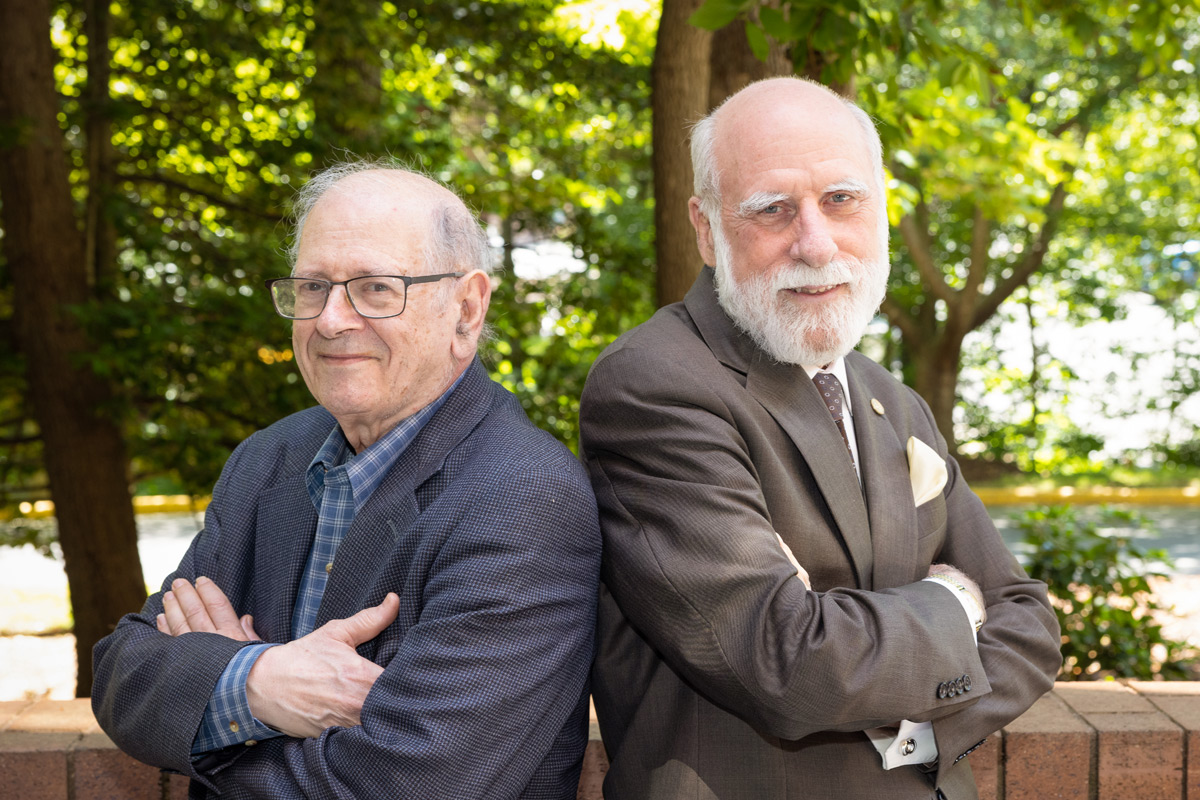Circuit-switched networks
Before the advent of packet switching in its modern form, other ways of sending data were considered and used. Designed in 1878, one of these methods was circuit switching. The idea of it is fairly simple – a dedicated point-to-point connection is established to exchange information. This method was widely used for phone calls, and the use case survives to this day.
 |
| Organic network switches. A PBX in Seattle, 1952. Wikipedia |
In modern circuit-switched networks, a connection is established through several switches. When data is being transmitted, no other network data can use these switches due to the continuous, dedicated connection. In a packet-based network, the data is broken into small packets, which then take the most efficient route possible at the time of sending. This means packets from the same transmission can take different paths and don't need a dedicated connection. This makes circuit-switched networks inherently more reliable, but far less versatile and scalable.
While obsolete in the sense of the Internet and its usage in it, some other networks still use it. In the telephone world, some hybrid systems are still in use, but VoIP is gradually being adopted. Whether circuit switching will become completely obsolete in the near future or not is up to debate.
TCP
TCP or Transmission Control Protocol is a connection-oriented data transmission protocol. Developed in May 1974, it is one of the main protocols used in the Internet today. It performs multiple functions, such as:
- Determines how to divide data into packets before transmission
- Sends and receives packets
- Performs flow control
- Handles transmission errors, such as dropped or corrupted packets by retransmitting them
- Packet acknowledgement
It was developed by Vint Cerf and Bob Kahn, for which they received the Turing award in 2004.
 |
| Vint Cerf and Bob Kahn. Photo source |
Today, the TCP protocol works in tandem with the UDP (User Datagram Protocol) protocol. TCP handles the use cases where reliability is needed thanks to its error detection and acknowledgement system, while UDP covers things where speed and latency are key such as video calls. Together, they are the two main data transfer protocols of the Internet.
References:
https://www.lifewire.com/circuit-switching-vs-packet-switching-3426726
https://www.techtarget.com/searchnetworking/definition/TCP
No comments:
Post a Comment